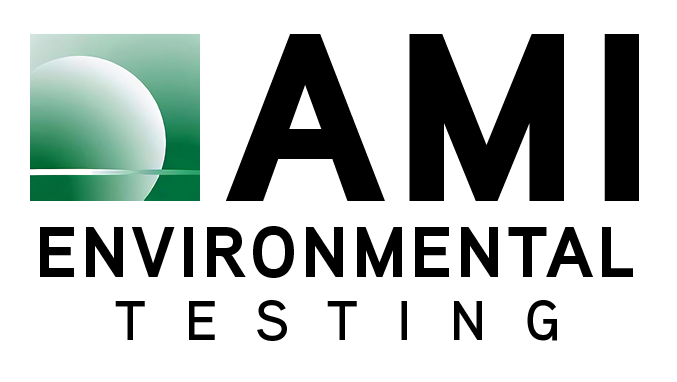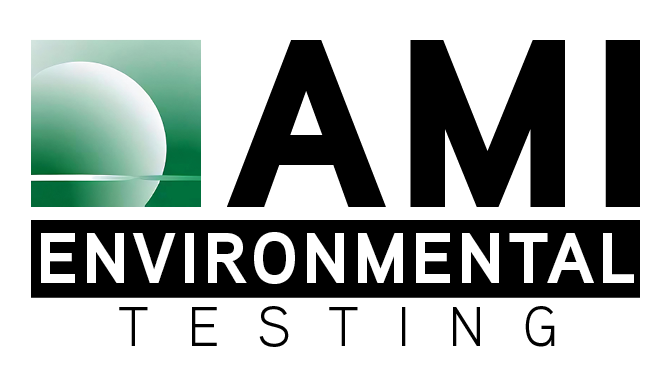Asbestos is a naturally occurring mineral found in certain rocks. It separates into strong, thin fibers that are invisible to the naked eye. Asbestos is strong, fire and corrosion resistant, and a good insulator. It was typically used in building materials as an additive to enhance strength in concrete, asphalt, roof shingles, siding, wall board, floor tiles, joint compounds and adhesives. Since Asbestos can be a great source of stability and flame control it was used in building materials most commonly before the mid-1970s and and through the 1980’s.
If the building materials mentioned above contain more than one percent asbestos as determined with polarized light microscopy (PLM) they are considered asbestos-containing materials (ACM). ACM can be friable or non-friable. Friable ACM is dry and can be crumbled or reduced to a powder by hand. Friable ACM presents greater risks to human health than non-friable ACM. When dry, non-friable ACM cannot be crumbled or reduced to a powder with hand pressure.
When is ACM a problem?
Asbestos can also cause asbestos-related diseases such as asbestosis, a progressive, debilitating and potentially fatal disease. This could lead to mesothelioma, a rare cancer of the mesothelium, the thin tissue layer that the body cavities and surrounds internal organs; and pleural plaques, scar tissue in the chest cavity. It is not knows what the number of fibers a person must inhale to develop asbestos-related disease. Being in the same room with cracked tiles containing asbestos, would amount to very low exposure levels and the risks considered negligible. Any demolition, renovation or removal activities greatly increase the risk from exposure. Smoking will also greatly increase the risk of asbestos-related lung cancer. The majority of known cases of asbestos-related lung cancer occurred among people who smoked and were exposed to asbestos.
Asbestos presents a significant risk to a person’s health when released into the air, asbestos is considered a hazardous air pollutant regulated under the National Emissions Standard for Hazardous Air Pollutants (NESHAP) regulations.
What are NESHAP regulations?
Under the CAA federal regulations were created to form NESHAP that applies to facility owners and contractors who perform work in public and commercial buildings. NESHAP regulations address common small business activities such as milling, manufacturing and fabricating operations. They also address demolition and renovation activities, waste disposal issues, active and inactive waste disposal sites, and asbestos conversion processes.
How can AMI Environmental protect employees and the reputation of business?
At AMI Environmental, our main goal is to assist businesses and create a safe working environment, while adhering to government regulations. With decades of experience, our Industrial Hygiene Professionals purpose is to help our clients not only protect your workers but also manage risk. Allowing you to then enjoy the peace of mind knowing your employees will be protected from harm. AMI will work to establish and maintain a safe work environment, including surveying your facility for risks; provide testing within your facility; maintain testing protocol; and assist in the abatement oversight and recording process. If you have any questions or concerns, please contact Dan Taylor at [email protected].



